- Messages
- 2,162
- Edit My Images
- Yes
I went down to the beach yesterday morning hoping to get some images of the rain, but it was to misty and I forgot my waterproof trousers :bang:
Instead I found some terns, as you can see in the below pictures, one of them was fishing for another. Is this a juvenile being fed or some sort of mating behavior? Thanks for any info/comments.
1.
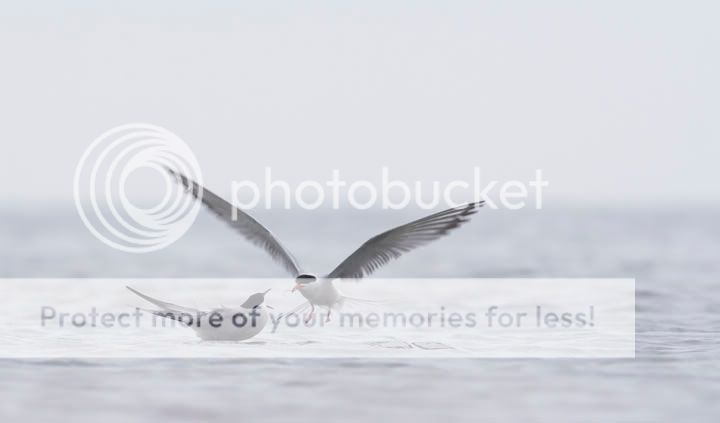
2.
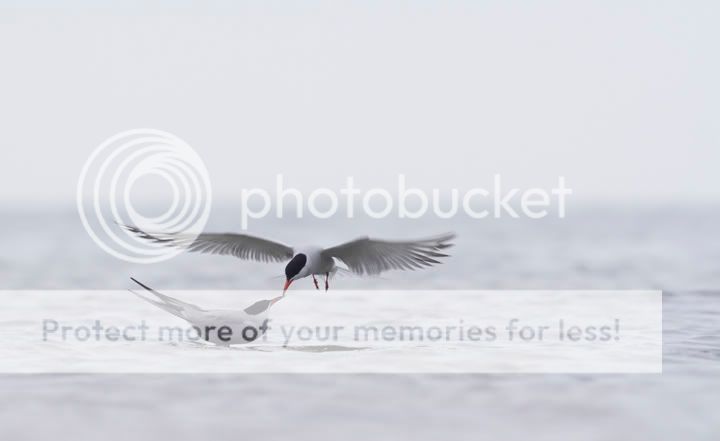
3.
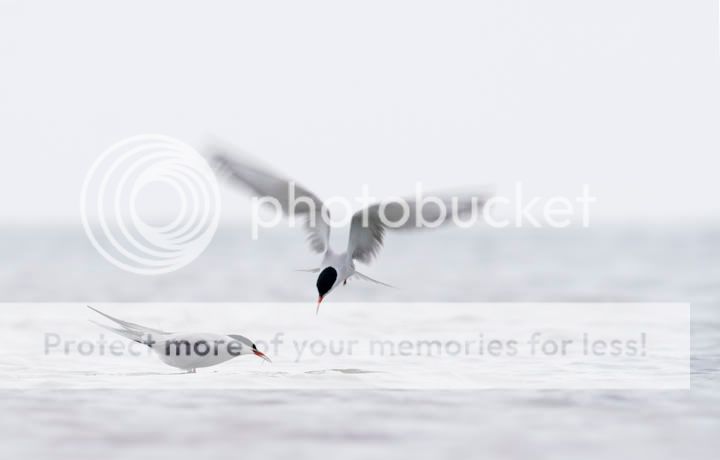
4.
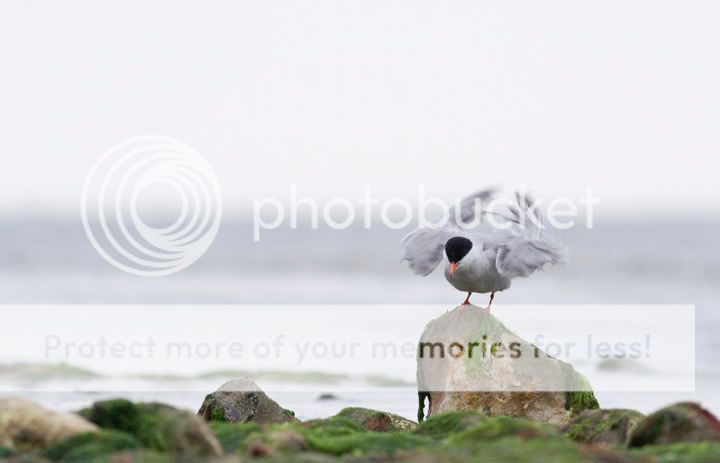
5.
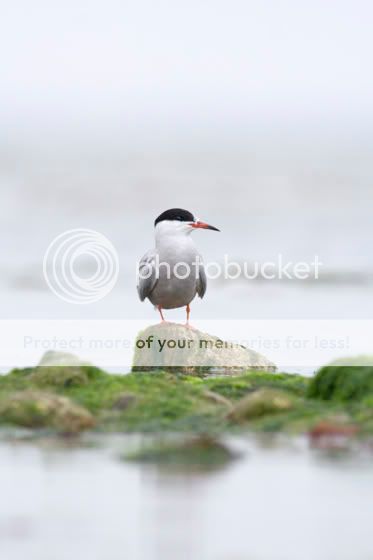
6. (The sun came out)

Instead I found some terns, as you can see in the below pictures, one of them was fishing for another. Is this a juvenile being fed or some sort of mating behavior? Thanks for any info/comments.
1.

2.

3.

4.

5.

6. (The sun came out)



